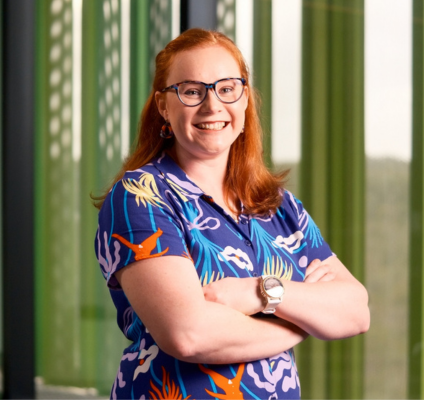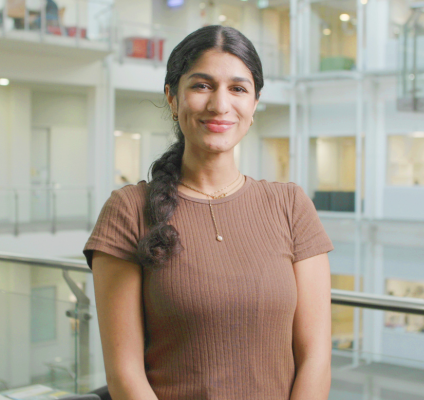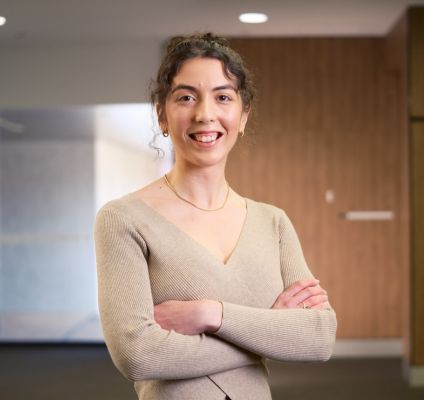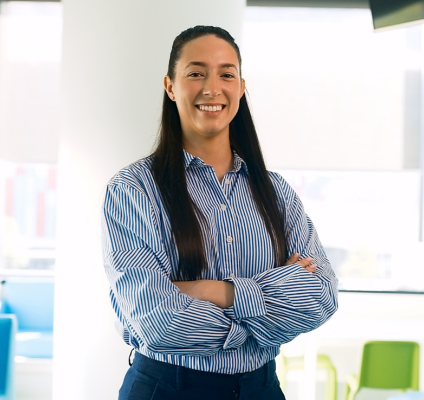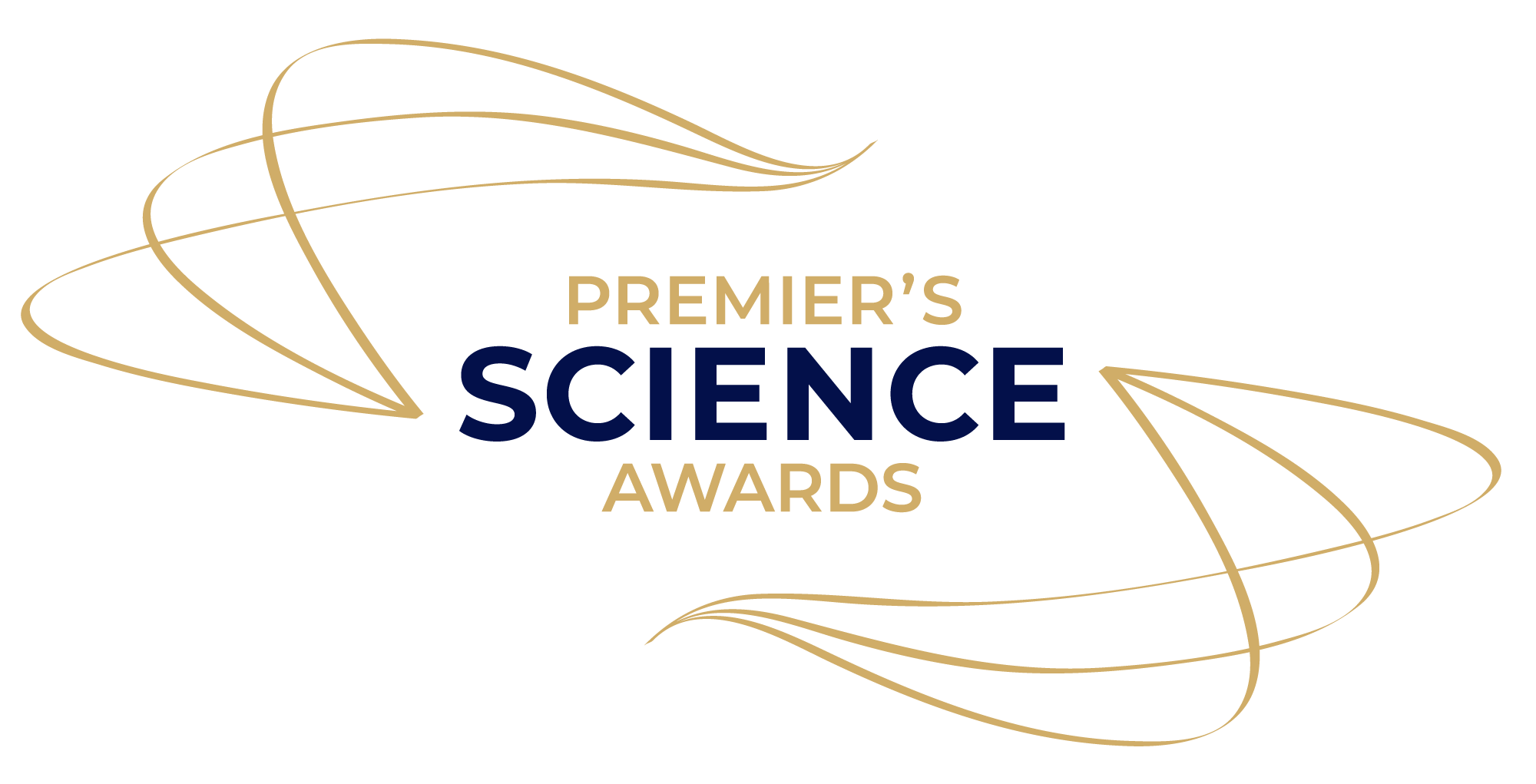Votes for the People's Choice Award opened Tuesday 30 July 2024 and close midday Friday 16 August 2024. Learn more and vote for your favourite scientist or initiative on the People's Choice Award page.
Awarded to an outstanding postgraduate student who has demonstrated a commitment to science at an early stage and shows great promise in reaching the highest levels of excellence.
Now in its 23rd year, the Premier's Science Awards recognises and celebrates the outstanding scientific research and engagement taking place in Western Australia.
This year, 4 finalists have been selected for the Student Scientist of the Year category:
Stephanie Enkel
Telethon Kids Institute and The University of Western Australia
Strep A infections and their downstream consequence, rheumatic heart disease, exemplify the inequitable burden of infectious diseases experienced by remote-living Aboriginal people. However, they are entirely preventable. Understanding acceptable and effective strategies to avert Strep A spread in affected communities is a critical component of the prevention pathway.
As a PhD Candidate at the Telethon Kids Institute and The University of Western Australia, Stephanie Enkel’s research combines microbiological experimentation, quantitative and qualitative research, and a focus on environmental health to answer these questions, while collaborating with teams across the state, country and world to achieve outcomes benefiting Aboriginal children, families and communities.
Somayra Mamsa
The University of Western Australia
Somayra Mamsa is a PhD student in biochemistry at The University of Western Australia. Her research explores the natural aging process as a risk factor for neurodegenerative diseases such as Alzheimer’s disease, by studying changes to the blood vessels in the brain and their ability to transport key metals and nutrients.
Somayra uses advanced nanoscale imaging techniques to directly visualise these changes at the molecular level, within their spatial context. She is also a keen science communicator, and has taught and mentored over five hundred students through organisations including She Codes Australia, Code Camp, Scitech, and the BioDiscovery Centre.
Nicola Principe
The University of Western Australia
Nicola Principe is a distinguished PhD candidate at The University of Western Australia National Centre for Asbestos Related Diseases, at the forefront of advancing cancer research. Specialising in immunotherapy, her work has identified new strategies to tackle therapy-resistant cancers. An active contributor to scholarly publications, Nicola’s findings have been widely published and presented internationally.
Committed to advancing STEM in Western Australia, Nicola co-founded the Western Australian Kindness in Science initiative, promoting a supportive scientific community and her advocacy has led to change in the mental health framework for PhD students at UWA.
Tamara Veselinović
Telethon Kids Institute, The University of Western Australia
Tamara Veselinović, a clinician-scientist and PhD candidate at Telethon Kids Institute and The University of Western Australia, has developed a program of research to improve Aboriginal ear health that is having a significant impact locally. In partnership with local Aboriginal community members, Tamara has led Australia-first research showing the need for better ear healthcare in metropolitan areas and is developing novel ways to improve the identification of ear disease to improve future treatment for Aboriginal families. Tamara has published high-impact papers, presented worldwide, and believes every child, especially Aboriginal children, should begin school with good hearing and healthy ears to learn, thrive and succeed.



